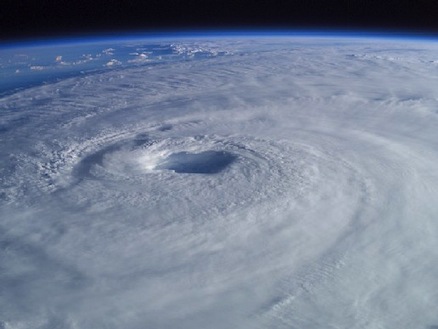1. STORM FORCE

Hurricanes can result in extensive property damage, especially when a storm’s intensity is poorly forecast and people don’t have a chance to prepare. A storm’s intensity can be difficult to predict because:

An extreme weather event is something that falls outside the realm of normal weather patterns. It can range from a flood to a drought to a hurricane to a hailstorm. How much of a freak-weather freak are you?
NASA Hurricane Severe Storm Sentinel (HS3) mission
NASA Atmospheric Infrared Sounder (AIRS) mission
NASA/Japanese Aerospace Exploration Agency Global Precipitation Measurement (GPM) mission
NASA/NOAA/Department of Defense Suomi National Polar-orbiting Partnership (Suomi NPP) satellite

Hurricanes can result in extensive property damage, especially when a storm’s intensity is poorly forecast and people don’t have a chance to prepare. A storm’s intensity can be difficult to predict because:
